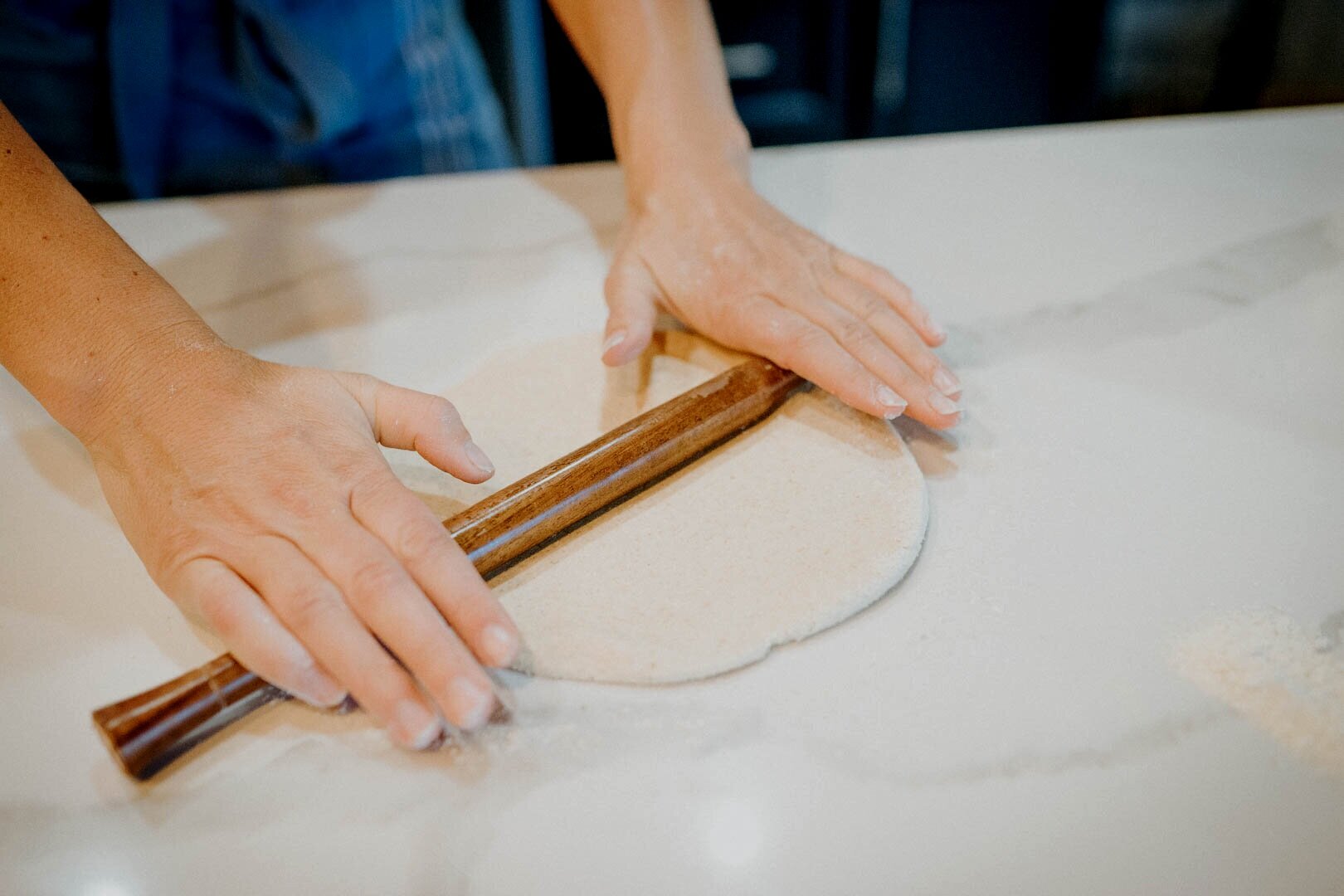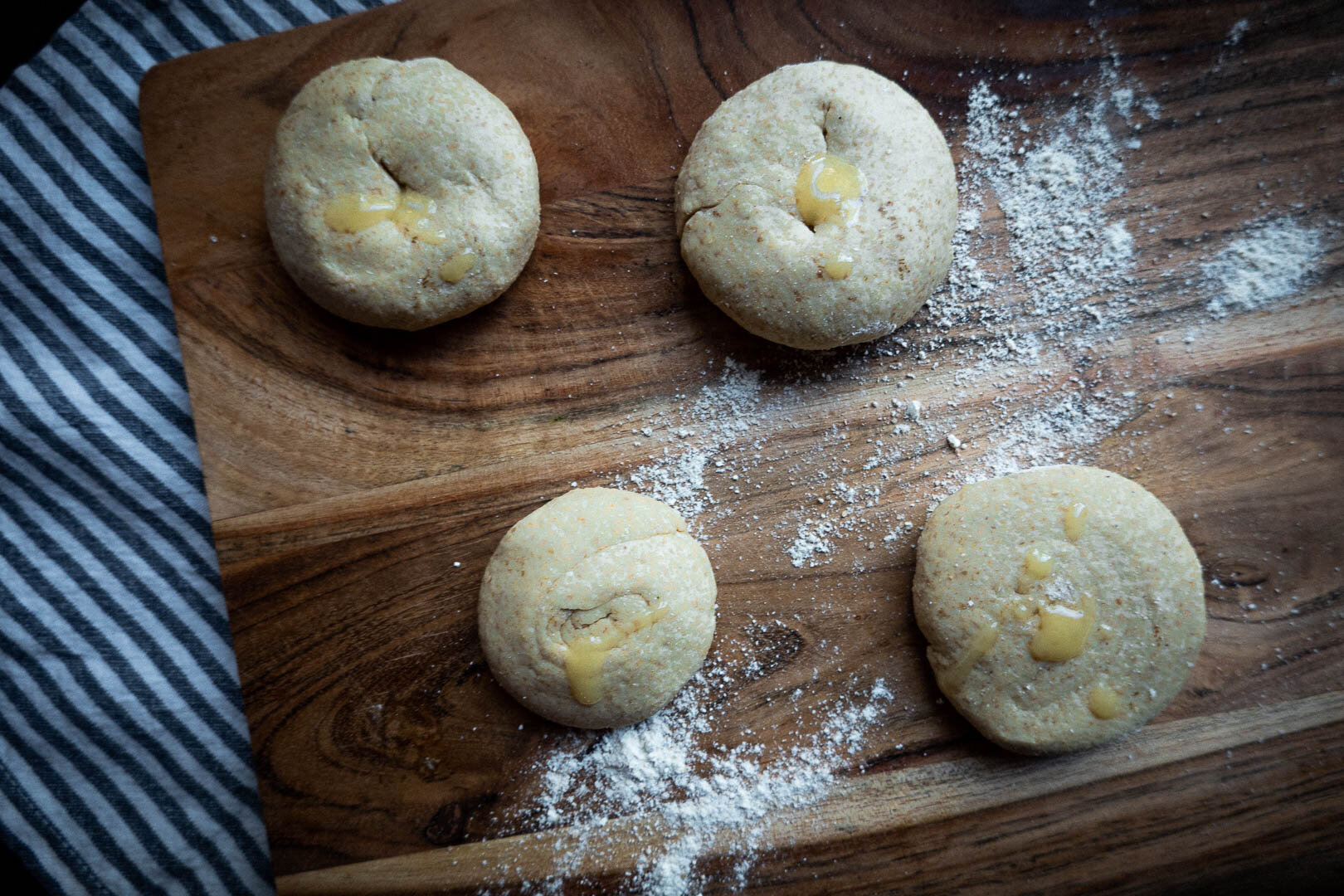
10 Reasons Why You Should Give Wheat Another Chance
Alexandra Sargent: Nov 15 2020
Modern day dieting has without a doubt caused much confusion for so many people; and ultimately they have weakened a large percentage of the population's digestive fire with all the keto, low carb, paleo, and Atkins fads that are rampant in our society.
With a rise in obesity, inflammation, leaky gut syndrome and lack of mental clarity, many people have pointed their finger at grains as the culprit, and in particular gluten. But grains have been the primary source of sustenance for civilization for thousands of years, and remain a central role in the diet of different cultures around the world.
I hope the following points help you explore the possible benefits of incorporating wheat in your diet.
1. Modern Dieting = Confusion. The Down Side Of Elimination Diets
Long before the time of dieting trends, the Ayurvedic approach to eating offers us wisdom and time tested truths about food that are more than 5,000 years old. Since the industrial revolution, the media and scientists have targeted certain foods as “bad” for us; take for example salt, oil, dairy, carbs and many more.
But when scientists look at a food under a microscope they lose the holistic perspective of how foods work together in our bodies. What has emerged is the narrative that gluten leads to dullness, inflammation, and weight gain.
Bottom line: all of these modern day dieting fads are elimination focused. But eating in balance doesn't mean you get rid of something altogether. You need to eat a diverse diet. The result of these dieting trends have created more problems than solutions, and it seems most people are not putting that together.
2. Not All Wheat Is Created Equal
There are a few key factors to having you feel well after eating wheat. Consuming GMO wheat, white flour, any non organic flour, and bleached flour has probably created a lot of the problems for which all of wheat has taken the blame. Once again, always make sure you are consuming an heirloom wheat varietal- that is free from GMOs, chemicals, pesticides and over-processing.
3. Fresh Is Always Best- Consider Investing In A Grain Mill
Have you ever seen a Grain Mill and wondered if it’s worth it? Whole grain flour (or meal) that you buy at the store goes bad relatively rapidly. Plus, you never know how long flour in the store has been on the shelf. Whole wheat flour can turn rancid in as little as 1-3 months on a cool pantry shelf. If stored correctly, wheat berries can last 30 years or more in your food storage. The fresher your flour has been milled, the easier it will be to digest. Plus once you have a mill, you can grind whatever you want! Making your own flour is so rewarding! Depending on the type of flour you normally buy, grinding your own wheat will save you money in the long run and will give you a higher-end flour that you simply can not buy at the grocery store.
4. Quality Of The Wheat & The Importance Of Chewing
So if grain is not the problem, why do so many people feel so good when they eliminate it from their diets? This again is why the quality of the wheat and how you are eating it are so important. Grains require lots of chewing. So make sure you help your body digest gluten well by chewing it thoroughly. This again will have you feeling better after eating wheat.
5. Consider Moderation And Food Combining
Because wheat is heavier, most of us will need to have smaller portions of it. But again this depends on the strength of your digestive fire and your unique constitution. But for most of us, too much gluten will make us feel lethargic because of its grounding nature. It's also best not to combine it with other heavy foods- such as meat, an excess amount of dairy, potatoes or other grains.
6. Consider Your Body Type, The Time Of Year And How Strong Your Digestion Is
Remember the Ayurvedic cornerstone of not all body types are alike, so some body types will have an easier time with wheat than others. Likewise some individuals could eat good quality wheat every day, while others would be just fine with having it a few times a week. In Ayurveda we always consider the impact of our environment on our diet. Because wheat is heavy and grounding it's a wonderful food for the cooler months of the year, when your digestive fire is strong. You can still consume wheat when its the warmer time of year, but it's most likely your body won’t crave it as much as our digestive fire is a little weaker during the hot summer months.
7. Good News Even For Those With Gluten Intolerance
When I work with clients and they tell me they have a gluten allergy: I always have to remind them it's not a wheat problem, it's the condition of their digestive tract that is the issue. Food intolerances can always be connected to the strength of our agni (digestive fire). Food allergy tests have created a lot of blame towards certain foods. But if your agni is weak it will directly affect your ability to digest certain foods (such as wheat or dairy). This is why working with an Ayurvedic Health Counselor to strengthen your agni is a critical part of overcoming any kind of food intolerance. Then we can bring about new levels of increased energy and vitality! I personally love to see the transformation of clients releasing old stories about what their bodies can do. Yet without a holistic perspective on food intolerance, the easiest option is to blame the food instead of getting to the root of the issue.
8. Grains Are Deeply Nourishing And Help Our Digestion!
Grains are deeply nourishing, grounding, and building. They support digestion by activating crucial enzymes and provide fiber/ bulk for our stools. They also have the sweet taste, meaning they are grounding and will carry us through our day without leading us to have sugar cravings. Consuming a meal without a grain actually challenges our digestive process, as grains contain enzymes that start our digestive process. My teacher always shared this one example that when wolves eat their prey, the first part of the animal they eat is their intestines, which is where the grain that the animal ate is stored.
9. Wheat Is Perhaps The Most Building Of The Grains
All grains help build our tissues, this is why it is crucial for children to consume them while they are growing. But wheat is perhaps the most fortifying of them all, as it especially helps build our muscle and fat tissue. It also provides nourishment and strength for our bone tissue.
10. Wheat Strengthens The Heart, Calms Palpitations And Insomnia
The benefits to incorporating this grain into your diet are numerous. Having a mixture of healthy grains in our diet help us have better weight maintenance, healthier blood pressure levels, less gum disease and tooth loss, as well as decreased risk of chronic illness.
In summary; when wheat is chewed well, has been freshly milled, is from a high quality source and is consumed in a moderate amount- it is a wonderful grain to incorporate into your meals, as it benefits both your body and mind. Hopefully this has helped you understand the holistic perspective on food intolerances; and perhaps you are opening up to seeing wheat as a highly nutritious grain. I wonder what it was like to see the great plains of North America before European settlers came and tilled much of the land.
A field of wheat is majestic.
It is vast, open, soft and harmonious. I invite you to reconnect with these aspects of wheat; and see what happens.


